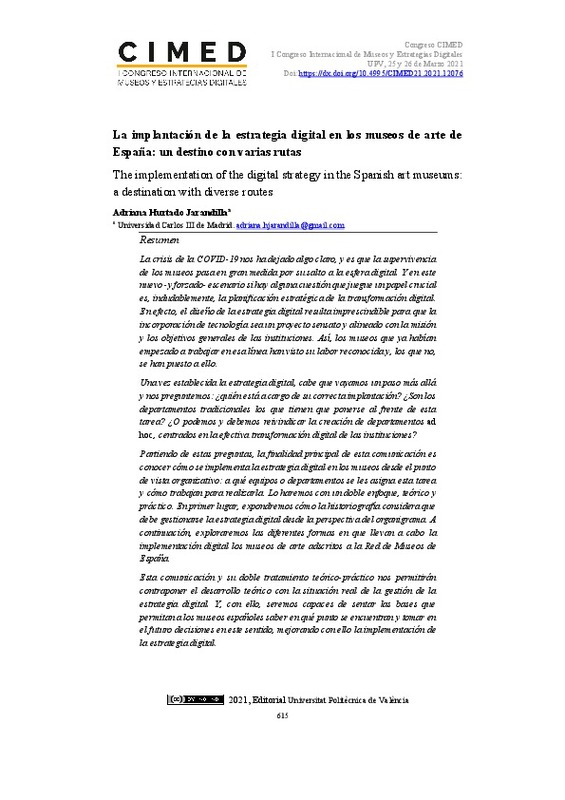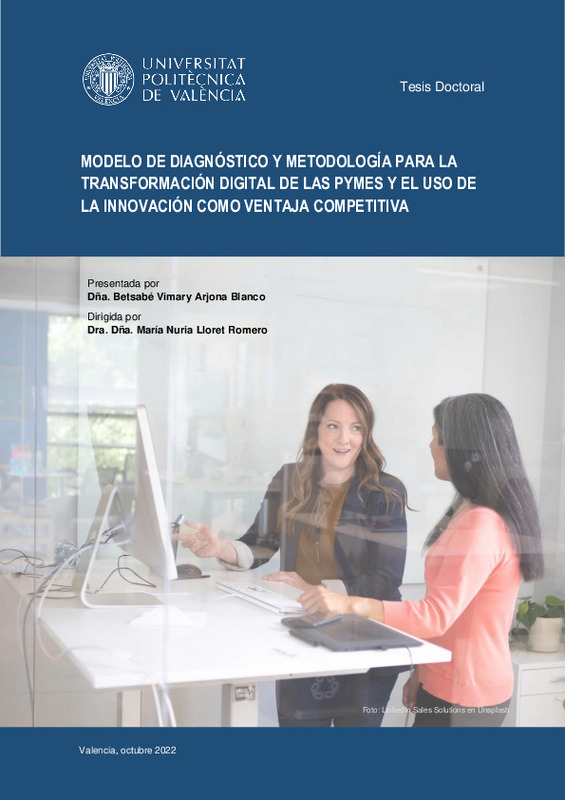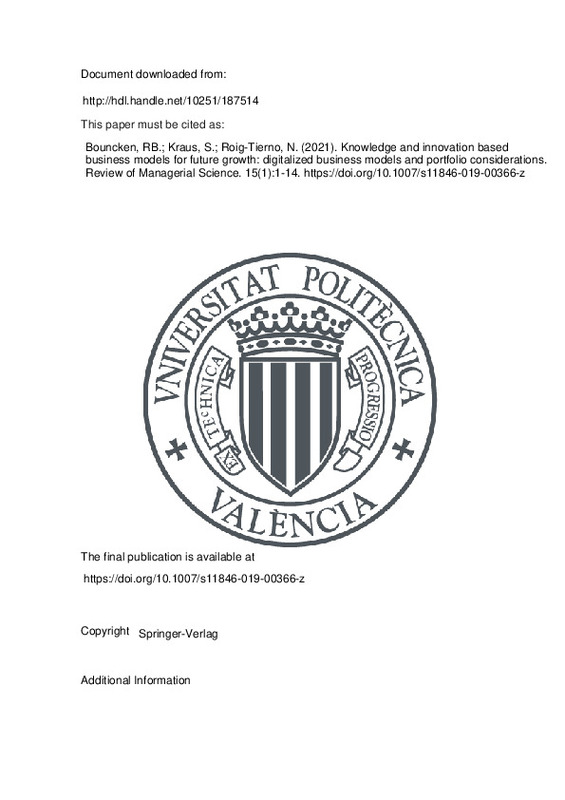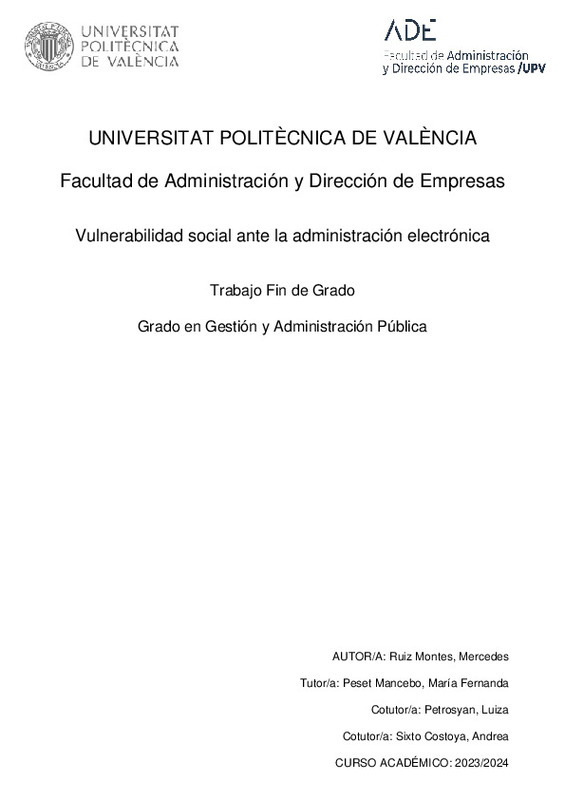|
Resumen:
|
[EN] The COVID-19 crisis has provided us with a clear message, which is that the survival of museums mainly involves their leap to the digital sphere. And in this new -and compelled- scenario there’s an ...[+]
[EN] The COVID-19 crisis has provided us with a clear message, which is that the survival of museums mainly involves their leap to the digital sphere. And in this new -and compelled- scenario there’s an aspect that plays a fundamental role: the strategic planning of the digital transformation. Indeed, the design of the digital strategy is crucial to allow the incorporation of technology to be a sensible project that is aligned with the mission and the general objectives of institutions. That’s why museums who have already started working in this respect have seen their work be recognized and museums who have not done so yet have begun planning it. Once digital strategy is established, we can go one step further and ask: Who is in charge of its implementation? Are the traditional departments the ones who have to take the lead? Or can and should we claim the creation of new digital departments focused on the effective digital transformation of institutions? Starting with these questions, this communication aims at knowing how digital strategy is implemented in museums from the organizational perspective: Which are the teams or departments in charge of this task and how do they work to achieve the results? We will do it on two levels, theoretical and practical. First, we will present how the historiography consider that digital strategy should be managed from the scope of the organization chart. Then we will explore the different ways in which art museums of the Spanish Museums Network are implementing the digital strategy. This paper and its double theoretical-practical approach will allow us to compare the theoretical development of this issue with the real performance of the digital strategy management in museums. And thus we will be able to lay the foundations for letting museums know the point they have reached and take future decisions in this respect, improving the implementation of their digital strategies.
[-]
[ES] La crisis de la COVID-19 nos ha dejado algo claro, y es que la supervivencia de los museos pasa en gran medida por su salto a la esfera digital. Y en este nuevo -y forzado- escenario si hay alguna cuestión que juegue ...[+]
[ES] La crisis de la COVID-19 nos ha dejado algo claro, y es que la supervivencia de los museos pasa en gran medida por su salto a la esfera digital. Y en este nuevo -y forzado- escenario si hay alguna cuestión que juegue un papel crucial es, indudablemente, la planificación estratégica de la transformación digital. En efecto, el diseño de la estrategia digital resulta imprescindible para que la incorporación de tecnología sea un proyecto sensato y alineado con la misión y los objetivos generales de las instituciones. Así, los museos que ya habían empezado a trabajar en esa línea han visto su labor reconocida y, los que no, se han puesto a ello.Una vez establecida la estrategia digital, cabe que vayamos un paso más allá y nos preguntemos: ¿quién está a cargo de su correcta implantación? ¿Son los departamentos tradicionales los que tienen que ponerse al frente de esta tarea? ¿O podemos y debemos reivindicar la creación de departamentos ad hoc, centrados en la efectiva transformación digital de las instituciones? Partiendo de estas preguntas, la finalidad principal de esta comunicación es conocer cómo se implementa la estrategia digital en los museos desde el punto de vista organizativo: a qué equipos o departamentos se les asigna esta tarea y cómo trabajan para realizarla. Lo haremos con un doble enfoque, teórico y práctico. En primer lugar, expondremos cómo la historiografía considera que debe gestionarse la estrategia digital desde la perspectiva del organigrama. A continuación, exploraremos las diferentes formas en que llevan a cabo la implementación digital los museos de arte adscritos a la Red de Museos de España. Esta comunicación y su doble tratamiento teórico-práctico nos permitirán contraponer el desarrollo teórico con la situación real de la gestión de la estrategia digital. Y, con ello, seremos capaces de sentar las bases que permitan a los museos españoles saber en qué punto se encuentran y tomar en el futuro decisiones en este sentido, mejorando con ello la implementación de la estrategia digital.
[-]
|











